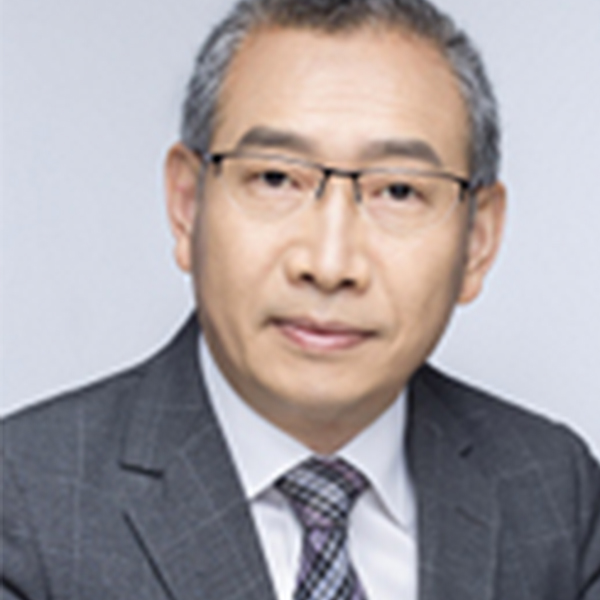Research Interests
Research Interests
Wireless body area network for wearable devices, mainly focus on modeling, circuit techniques, and chip design of capacitive-coupling body channel communication (CC-BCC). Significant progresses include:
- A 5-tissue-layer capacitive body channel model based on the physiological characteristics of human tissues, which achieves a maximum error of 2.21%
- An automatic loss compensation (ALC) system enabling non-contact intrabody communication
- A Galvanically-coupled BCC receiver fabricated in 0.18um CMOS technology, which can withstand carrier frequency offset up to ±12.5% and keep the bit error rate below 0.1%
- A tissue-channel power transfer technique for implantable devices, which achieves a doubled power transfer efficiency in smaller implanted devices– 0.39% for a 1mm-sized implant locating 5cm depth inside the tissue
Calibration of wireless sensor network for structural health monitoring
- A blind drift calibration method by signal space projection and sparse Baysian learning, which can detect and recover the drift of multiple sensors
- A deep learning approach called projection-recovery network (PRNet) can calibrate 60% sensors under the constraint of 5% calibration error and 80% successful rate
Education
Education
PhD, Circuits & Systems, Tsinghua University (1998)
MS, Circuits & Systems, Tsinghua University (1993)
BS, Microelectronics, Tsinghua University (1989)

